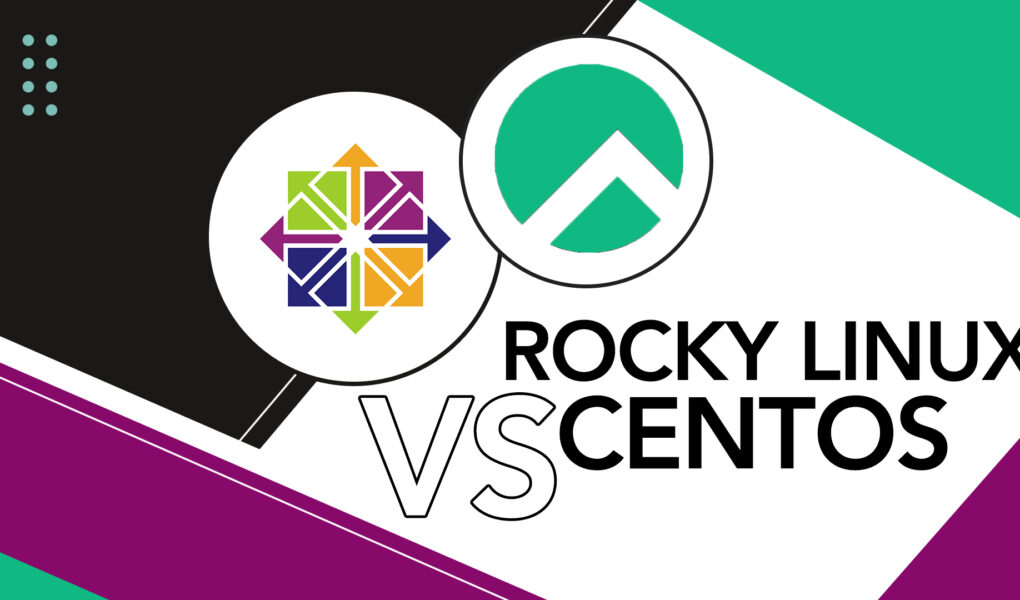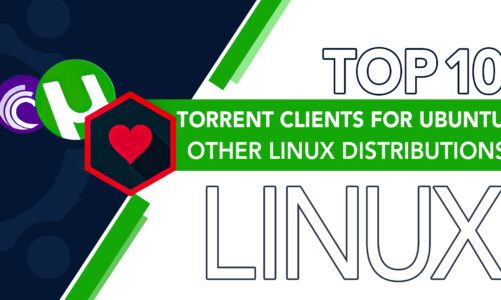When it comes to Linux distributions, CentOS and Rocky Linux are two popular choices for server environments. For those working as system administrators or IT specialists, knowing the distinctions between these distributions is vital in order to make the most suitable choice for your requirements.
Let’s provide you with a comprehensive comparison of CentOS and Rocky Linux, including their history, performance, support, community, and more.
History of CentOS
CentOS, short for Community Enterprise Operating System, has been a popular choice for servers since its inception. It is an open-source, community-driven project that provides a free, enterprise-class Linux distribution based on the sources of Red Hat Enterprise Linux (RHEL).
In December 2020, Red Hat declared that CentOS Linux would be succeeded by CentOS Stream, a continuously updated distribution that operates as the precursor for RHEL. This decision caused concern among the CentOS user base and paved the way for alternatives like Rocky Linux.
History of Rocky Linux
Rocky Linux was created in response to the CentOS Stream announcement, with the goal of continuing the CentOS project’s original mission. Created by Gregory Kurtzer, the founder of CentOS, Rocky Linux aims to provide a free, enterprise-class, community-supported Linux distribution compatible with RHEL.
Rocky Linux rolled out its first stable version in June 2021, and it promptly picked up momentum among the CentOS users, establishing itself as a feasible substitute.
CentOS vs Rocky Linux: Core Differences
The primary difference between CentOS and Rocky Linux lies in their relation to RHEL. CentOS Stream functions as a precursor to RHEL, which implies that it is updated with new features and improvements ahead of their integration into RHEL. On the other hand, Rocky Linux is a downstream distribution, closely mirroring RHEL with the goal of providing a stable, enterprise-class operating system.
1: Stability
Rocky Linux focuses on stability and compatibility with RHEL, making it an ideal choice for production environments. CentOS Stream, being a rolling release distribution, may experience more frequent updates and potential instability due to its closer alignment with RHEL development.
2: Security
Both CentOS and Rocky Linux benefit from the security features and updates provided by the RHEL ecosystem. However, Rocky Linux’s focus on stability may provide an edge in security for production environments when compared to CentOS Stream.
3: Enterprise Support
Red Hat offers commercial support for CentOS Stream through its RHEL subscription model. However, this support does not cover the entire CentOS ecosystem, and users may need to rely on community support for some aspects.
Rocky Linux does not have direct commercial support from Red Hat, but it has a robust community of developers and users who offer assistance. Additionally, third-party support options are available for organizations seeking enterprise-level support for their Rocky Linux deployments.
4: Community and Ecosystem
CentOS has a well-established community of developers and users, and its ecosystem has grown over the years. With the transition to CentOS Stream, the community has become more focused on providing input and feedback for RHEL development.
Rocky Linux, despite being a newer distribution, has quickly attracted a dedicated community of developers and users seeking a stable RHEL alternative. This growing community has contributed to the rapid development and adoption of Rocky Linux.
5: Software Compatibility
Both CentOS and Rocky Linux maintain a high level of compatibility with RHEL, ensuring that most software designed for RHEL will work seamlessly on either distribution. However, due to its closer alignment with RHEL development, CentOS Stream may receive new features and software updates sooner than Rocky Linux.
6: Release Cycle
CentOS Stream follows a rolling release model, meaning that updates are continuously released as they become available. This allows CentOS Stream to stay current with the latest features and improvements from RHEL development.
Rocky Linux follows a more traditional release cycle, closely mirroring RHEL’s release schedule. This approach ensures that Rocky Linux maintains a high level of stability and compatibility with RHEL.
7: Use Cases
Organizations or individuals who want to stay closely aligned with RHEL development or contribute to its development should consider CentOS Stream. It provides an opportunity to test and provide feedback on new features before they become part of RHEL.
Rocky Linux is an excellent choice for organizations and individuals seeking a stable, enterprise-class operating system compatible with RHEL. Its focus on stability and compatibility makes it a suitable option for production environments.
Conclusion
In comparing CentOS and Rocky Linux, it becomes clear that each distribution offers distinct advantages that cater to different user preferences and requirements. CentOS Stream, with its rolling release model and close alignment with RHEL development, provides a unique opportunity for users to engage with and contribute to the evolution of RHEL. Conversely, Rocky Linux prioritizes stability and compatibility with RHEL, positioning itself as a reliable choice for production environments.



